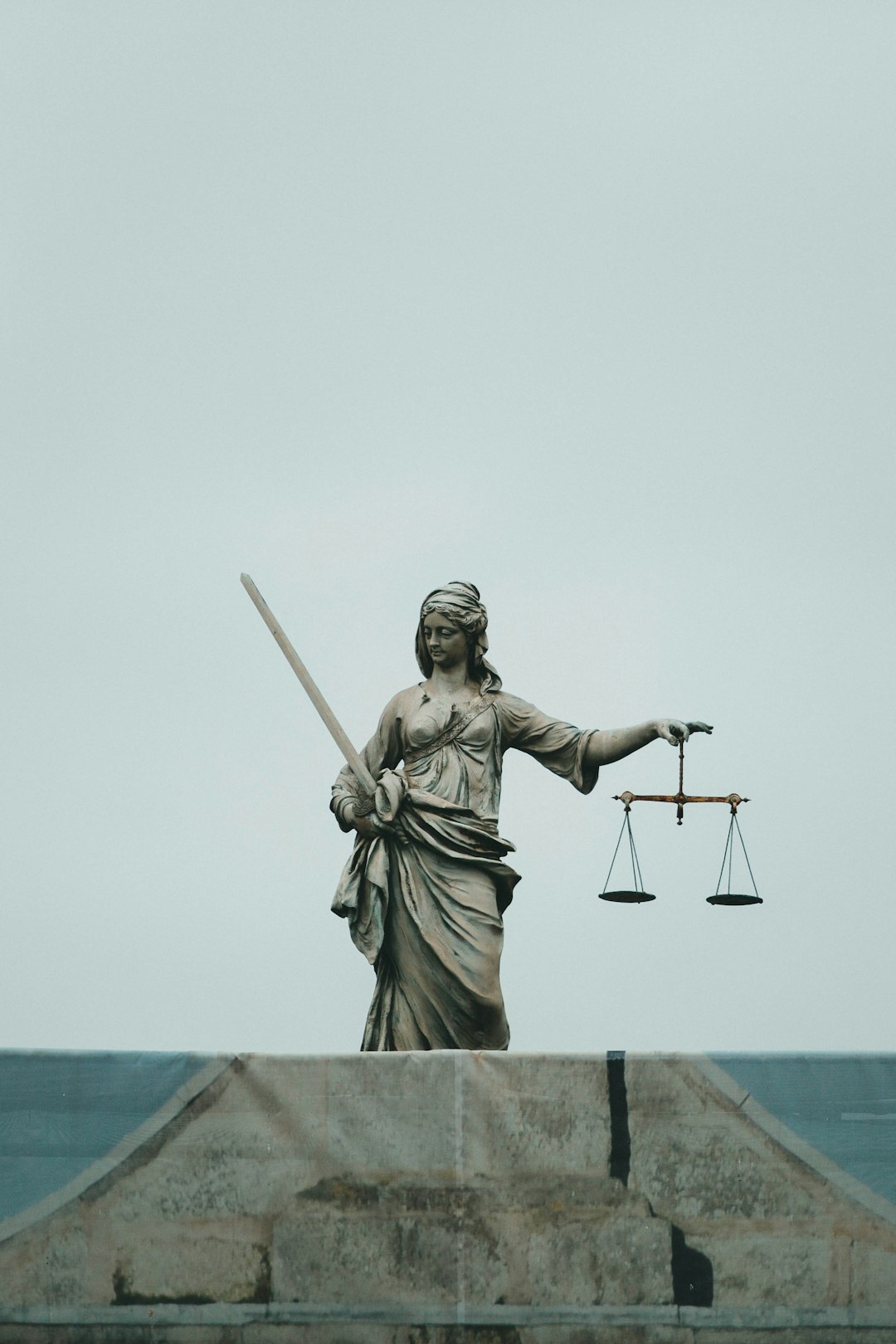In the past, California's handling of school abuse was compromised by weak laws and a culture of protection. This changed in recent decades due to advocacy from school abuse lawyers and victim support groups, leading to mandatory reporting laws. These laws ensure prompt documentation and reporting of all abuse incidents, reflecting society's increased commitment to child safety in education. Key legislative milestones like the Abraham Act (1992) and Zanichas Act (1998) empowered school abuse lawyers California to pursue justice for victims, revolutionizing the state's approach to preventing and addressing educational abuse.
“In California, the evolution of mandatory reporting laws reflects a societal commitment to safeguarding vulnerable populations from abuse and exploitation. This article delves into the historical background, tracing the journey from initial reporting frameworks to the robust legal structures in place today. We explore significant milestones, analyzing key reforms and amendments that addressed child abuse, elder abuse, and more. Furthermore, we examine the current landscape, offering insights for school abuse lawyers navigating these laws, highlighting duties, potential defenses, and best practices in this critical domain.”
Historical Background: The Early Days of Reporting Laws in California

In the early days, California’s reporting laws regarding school abuse were nascent and largely ineffective. Historically, instances of physical, emotional, or sexual abuse in schools often went unreported or were met with inadequate responses. This lack of stringent regulations was partly due to a culture that tended to sweep issues under the rug, protecting institutions over individuals. The absence of clear guidelines and legally binding obligations meant that school officials had considerable leeway in handling reports, which often resulted in cases being ignored or dismissed.
It wasn’t until recent decades that the landscape began to shift dramatically. Driven by a growing awareness of the prevalence and severity of school abuse, California enacted mandatory reporting laws designed to ensure that all incidents—from physical assaults to psychological maltreatment—were documented and reported promptly. These changes were catalyzed by efforts from advocates, including school abuse lawyers in California, who fought for legislation that would protect students and hold institutions accountable. The evolution of these laws reflects a societal commitment to prioritizing the safety and well-being of children in educational settings.
– Brief overview of historical context leading to the implementation of mandatory reporting laws.

In the late 20th century, California witnessed a growing concern over instances of school abuse, prompting significant changes in legislation. Historically, cases of physical and emotional abuse within educational institutions often went unreported, due to various factors such as fear of retaliation and a lack of clear guidelines. This changed with increased public awareness and advocacy by groups representing victims of child abuse and prominent school abuse lawyers in California. They highlighted the need for mandatory reporting laws to ensure that all incidents of abuse—be it physical, emotional, or sexual—are documented and addressed promptly.
The historical context was shaped by several high-profile cases that brought national attention to the issue. These events catalyzed a movement to create stricter regulations, leading to the implementation of mandatory reporting laws in California. Such laws empowered educators and staff members to report suspected abuse without fear of legal repercussions, thereby fostering a safer environment for students and empowering school abuse lawyers in their efforts to seek justice.
– Key milestones and events that highlighted the need for stricter regulations.

In California, the evolution of mandatory reporting laws for school abuse has been a gradual yet significant journey, driven by key milestones and events that highlighted the critical need for stricter regulations. One of the earliest and most impactful incidents occurred in the late 1980s when numerous cases of physical and emotional abuse within the educational system came to light. This period saw a surge in public outrage, sparked by media exposés and lawsuits filed by school abuse lawyers California, which brought attention to the systemic failure to protect students.
These events prompted the state legislature to take action, leading to the enactment of several significant laws. The first notable step was the passage of the Abraham Act in 1992, mandating that all adults—including teachers, administrators, and volunteers—report suspected child abuse or neglect. Subsequently, the Zanichas Act (1998) further strengthened reporting requirements, emphasizing the importance of swift action to protect vulnerable children from harm. These laws not only held institutions accountable but also empowered school abuse lawyers California to pursue justice for victims, ultimately revolutionizing how the state addresses and prevents educational abuse.






